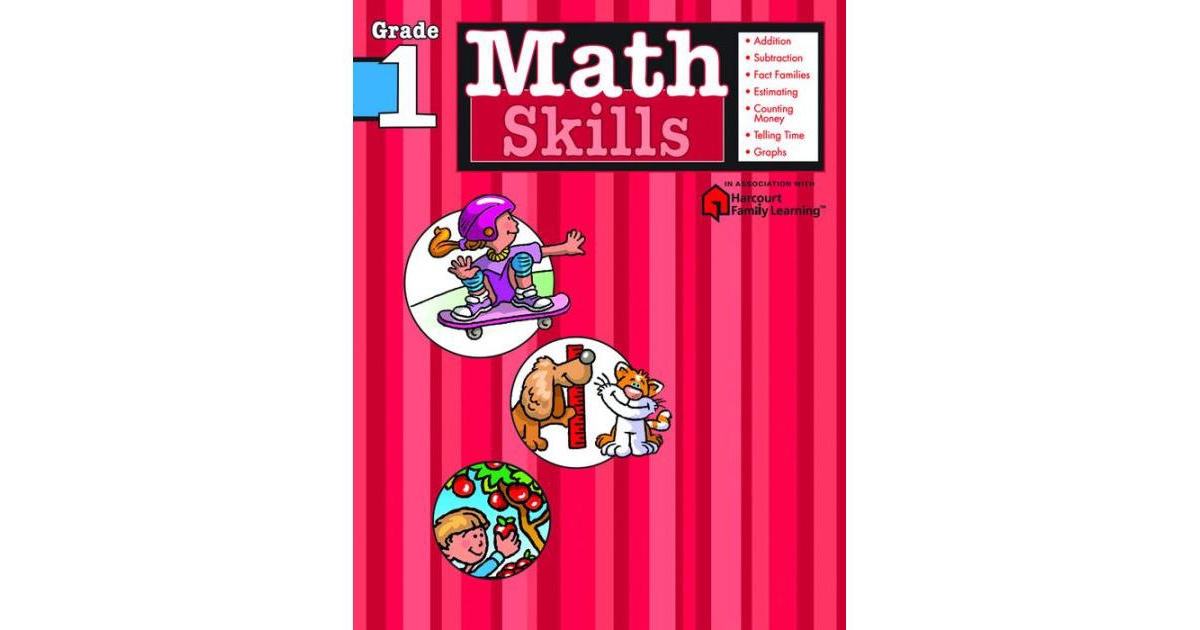Analysis and Design of Advice
Best Price (Coupon Required):
Buy Analysis and Design of Advice for $36.00 at @ Link.springer.com when you apply the 10% OFF coupon at checkout.
Click “Get Coupon & Buy” to copy the code and unlock the deal.
Set a price drop alert to never miss an offer.
Single Product Purchase
Price Comparison
| Seller | Contact Seller | List Price | On Sale | Shipping | Best Promo | Final Price | Volume Discount | Financing | Availability | Seller's Page |
|---|---|---|---|---|---|---|---|---|---|---|
|
BEST PRICE 1 Product Purchase
|
   |
$39.99 | $39.99 |
|
10% OFF
This deals requires coupon
|
$36.00 | See Site | In stock | Visit Store |
Product Details
Advice involves recommendations on what to think; through thought, on what to choose; and via choices, on how to act. Advice is information that moves by communication, from advisors to the recipient of advice. Ivan Jureta offers a general way to analyze advice. The analysis applies regardless of what the advice is about and from whom it comes or to whom it needs to be given, and it concentrates on the production and consumption of advice independent of the field of application. It is made up of two intertwined parts, a conceptual analysis and an analysis of the rationale of advice. He premises that giving advice is a design problem and he treats advice as an artifact designed and used to influence decisions. What is unusual is the theoretical backdrop against which the authors discussions are set: ontology engineering, conceptual analysis, and artificial intelligence. While classical decision theory would be expected to play a key role, this is not the case here for one principal reason: the difficulty of having relevant numerical, quantitative estimates of probability and utility in most practical situations. Instead conceptual models and mathematical logic are the authors tools of choice. The book is primarily intended for graduate students and researchers of management science. They are offered a general method of analysis that applies to giving and receiving advice when the decision problems are not well structured, and when there is imprecise, unclear, incomplete, or conflicting qualitative information.

 Copied
Copied 





